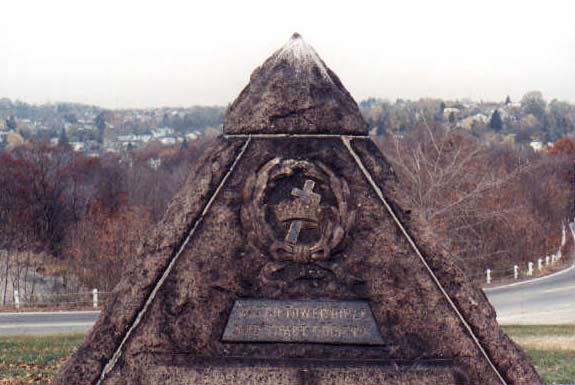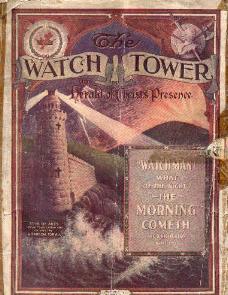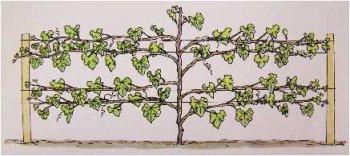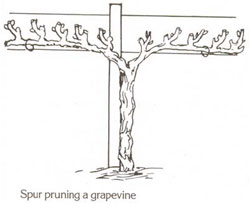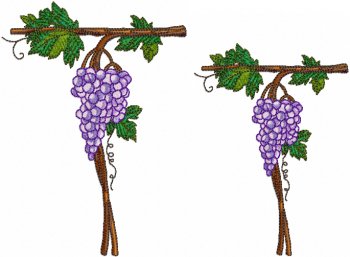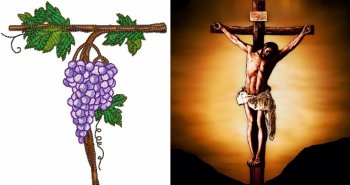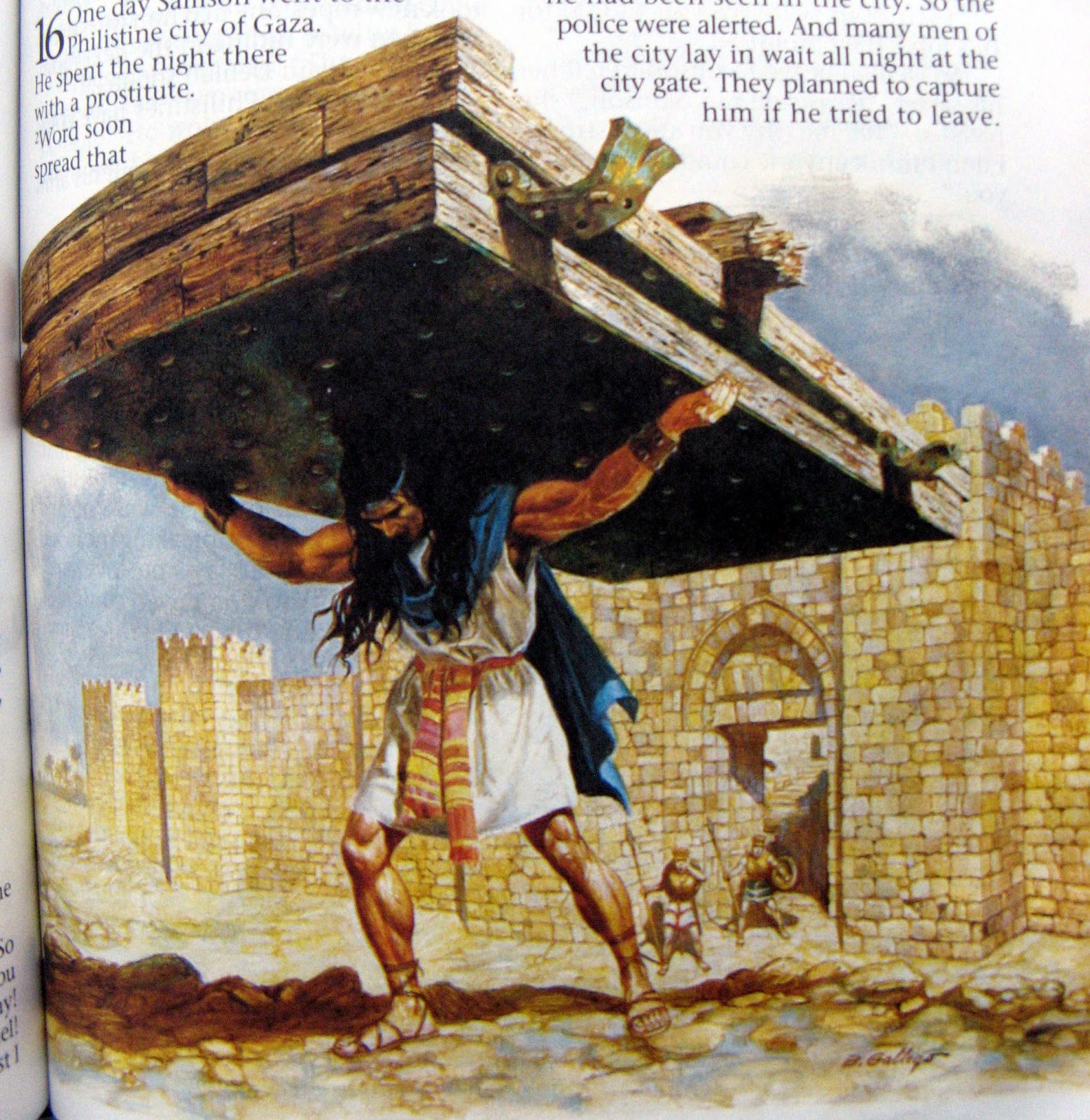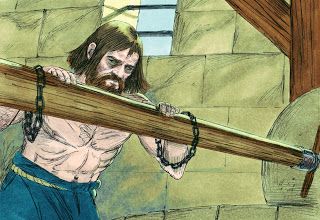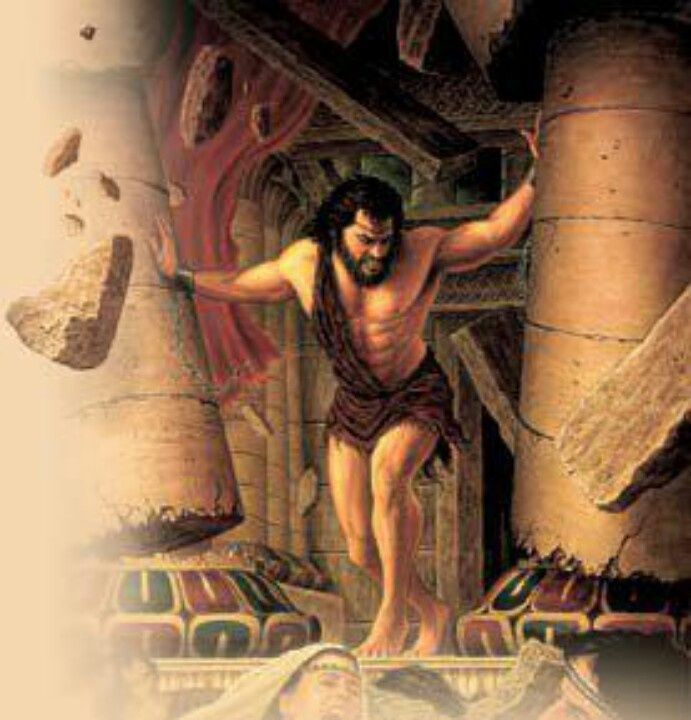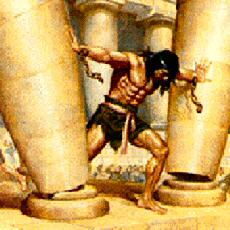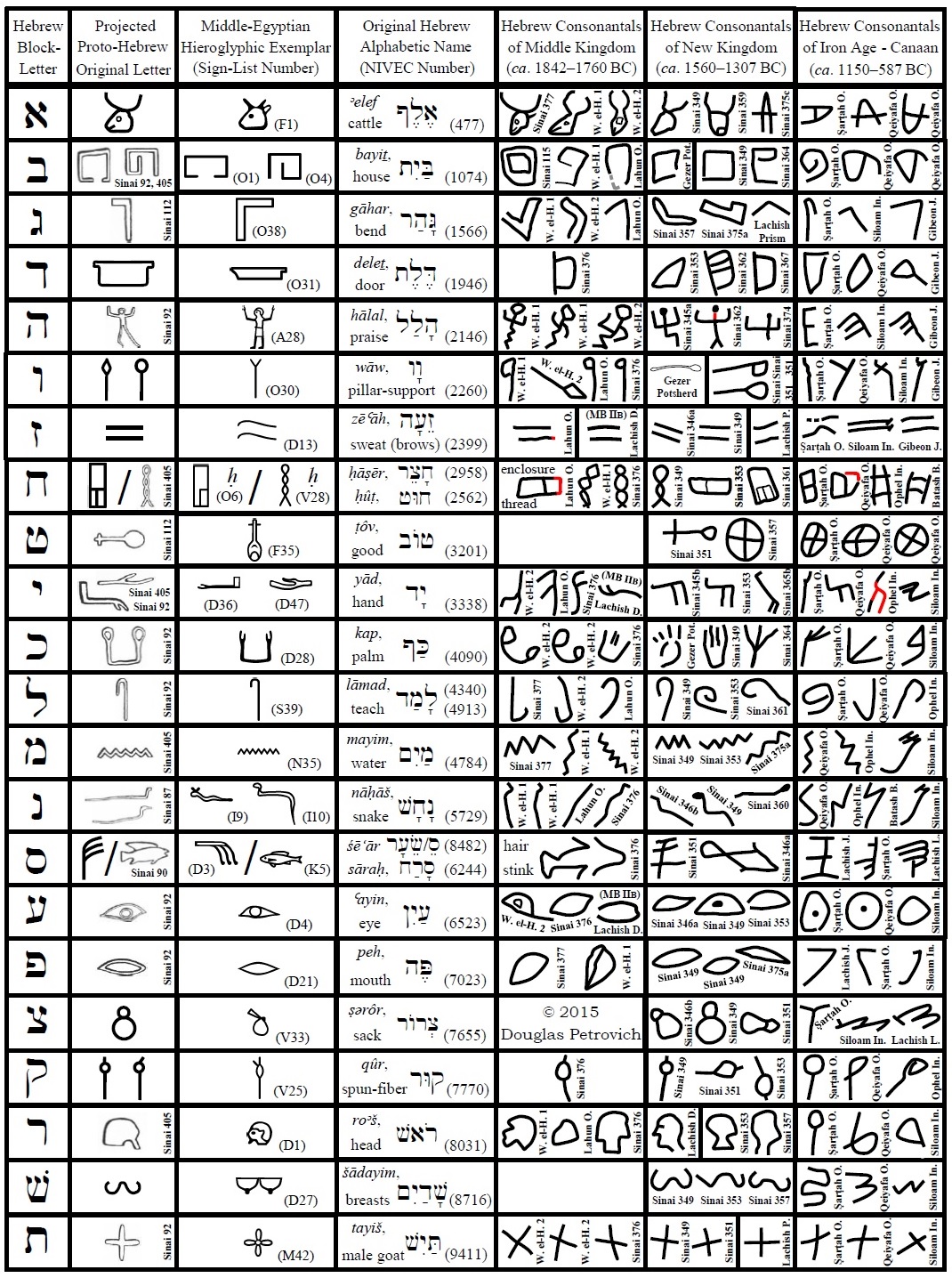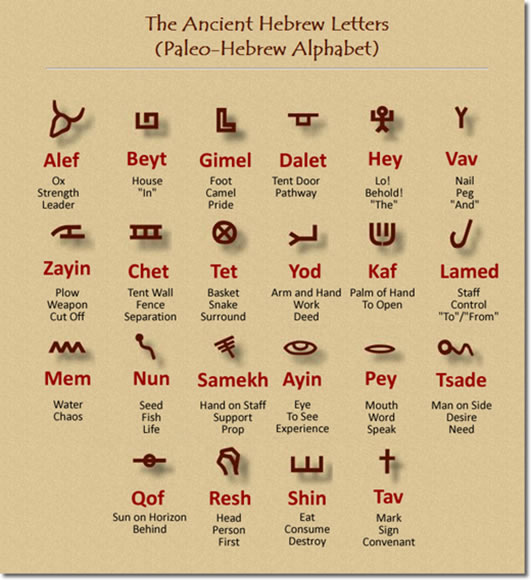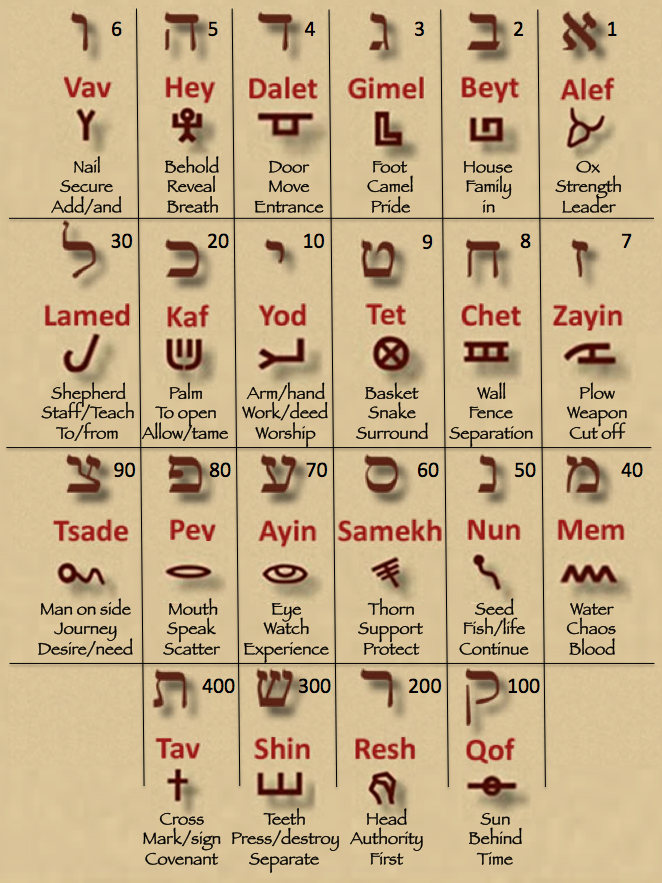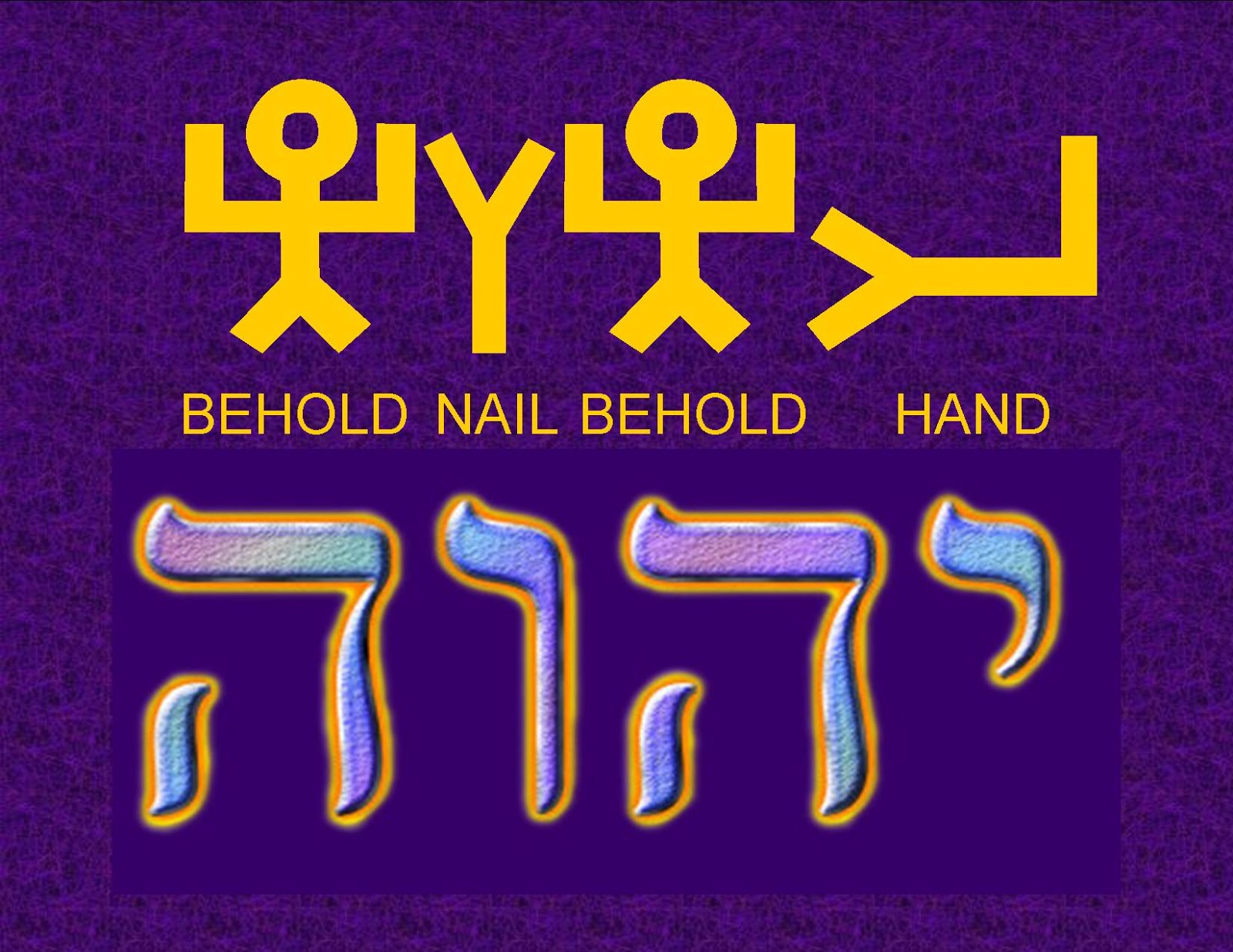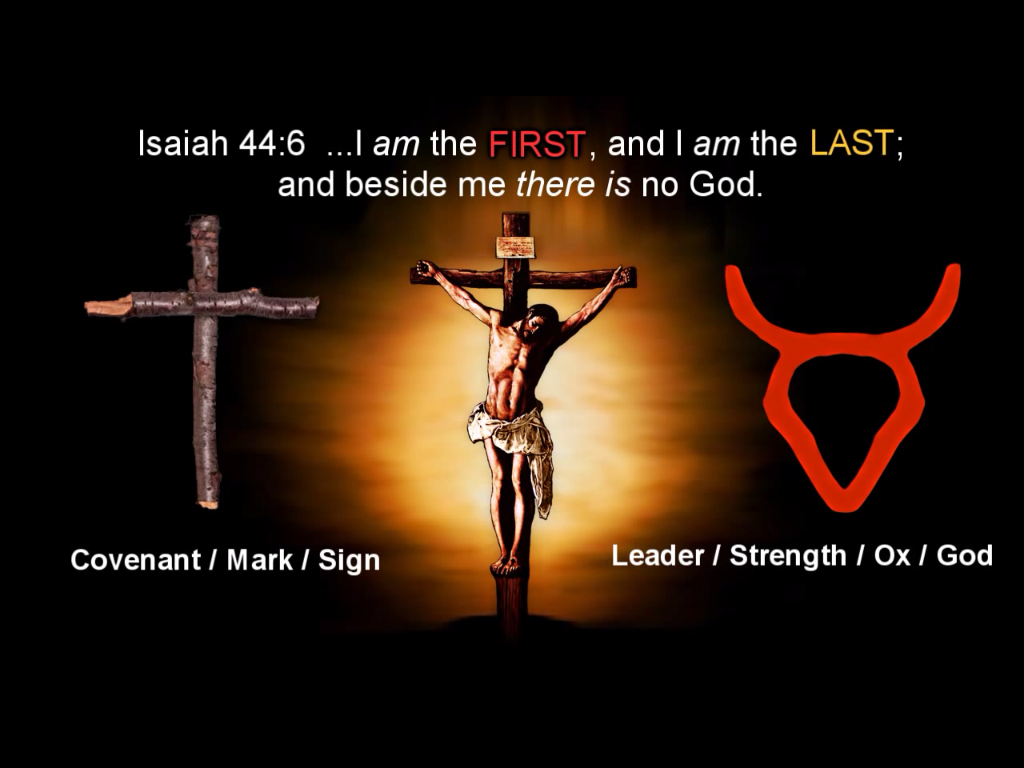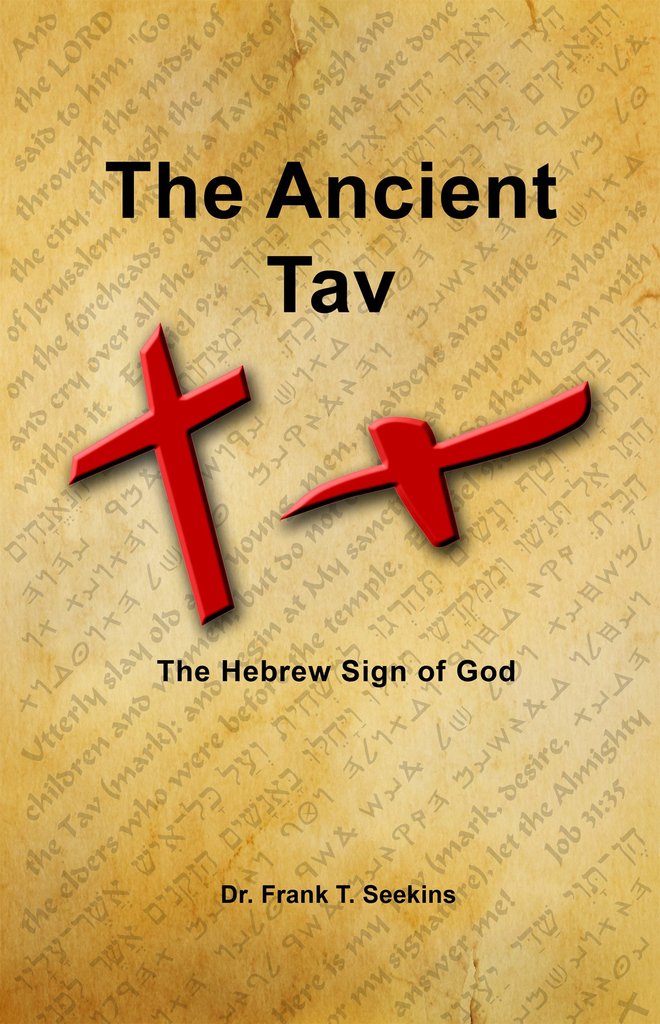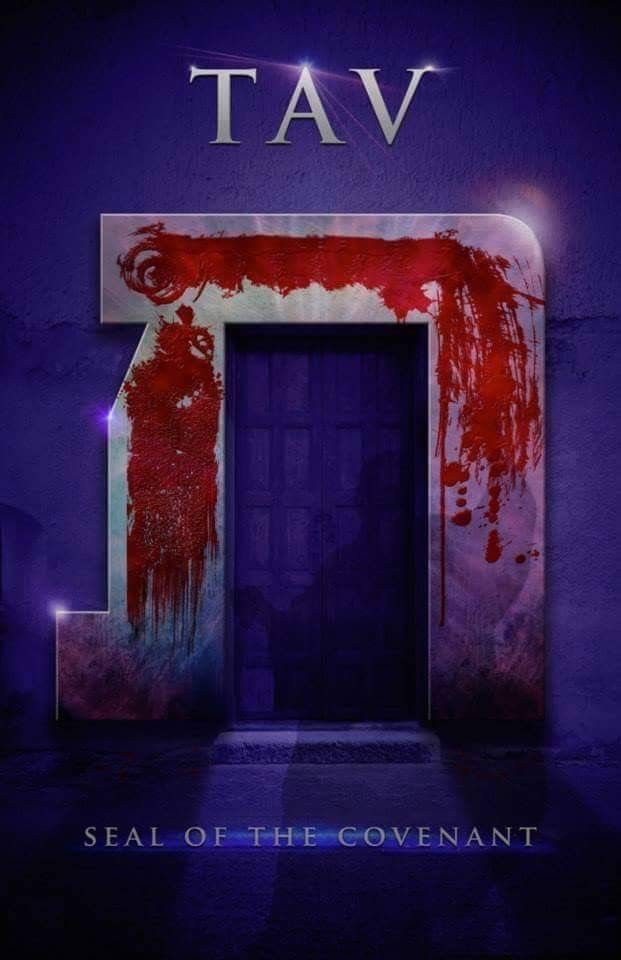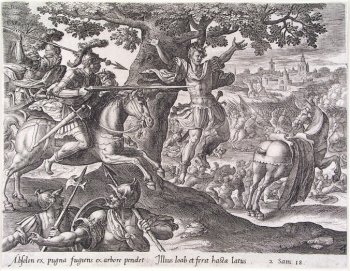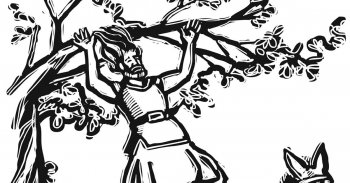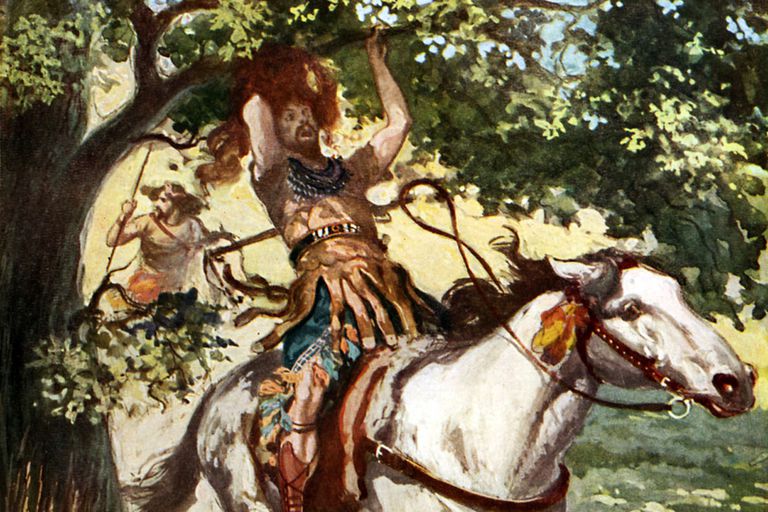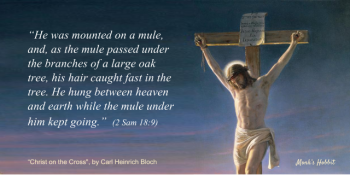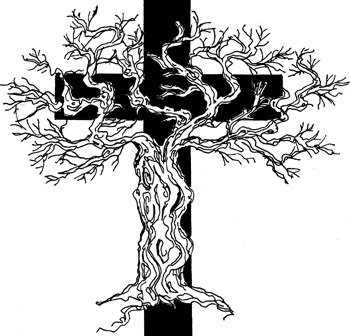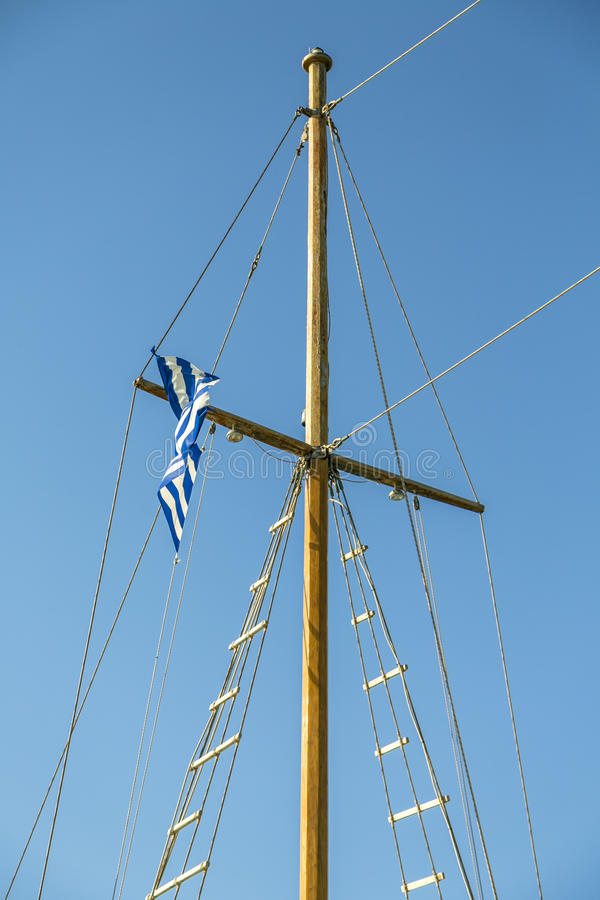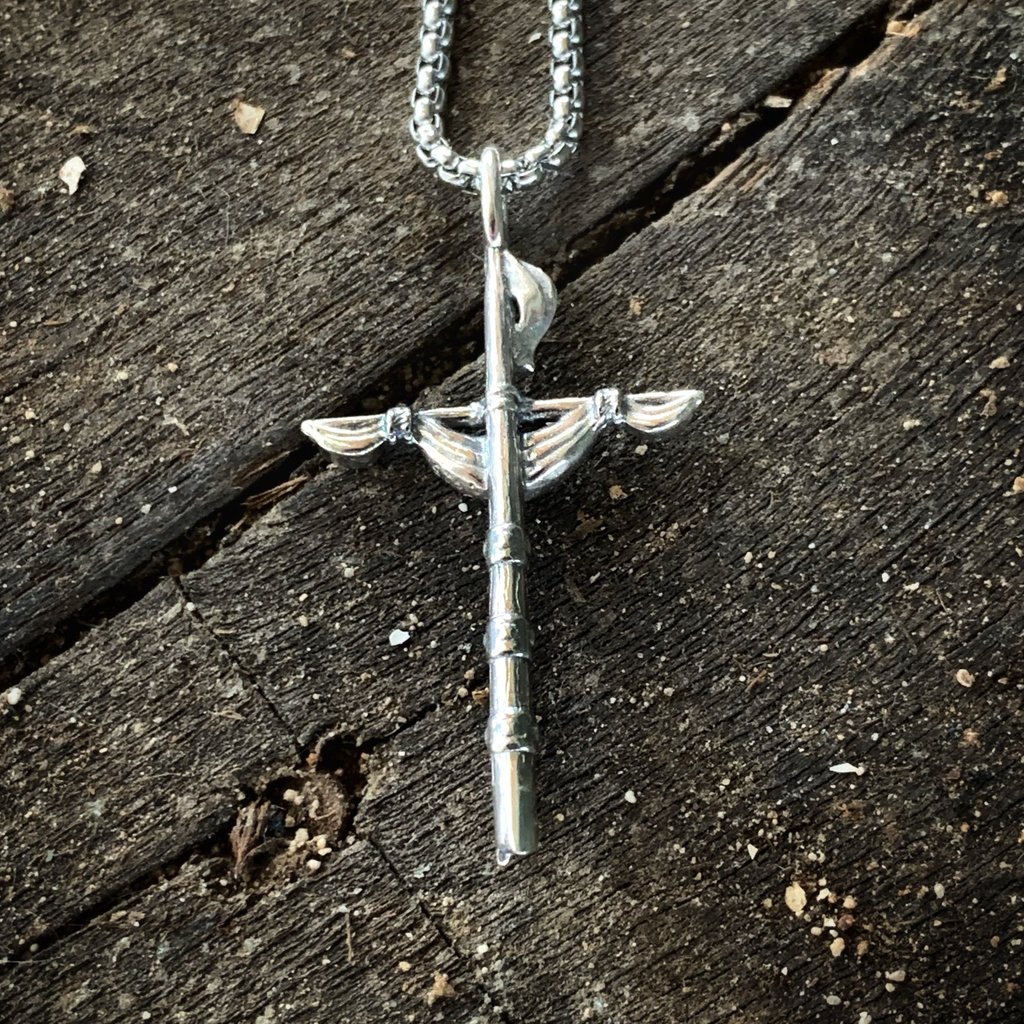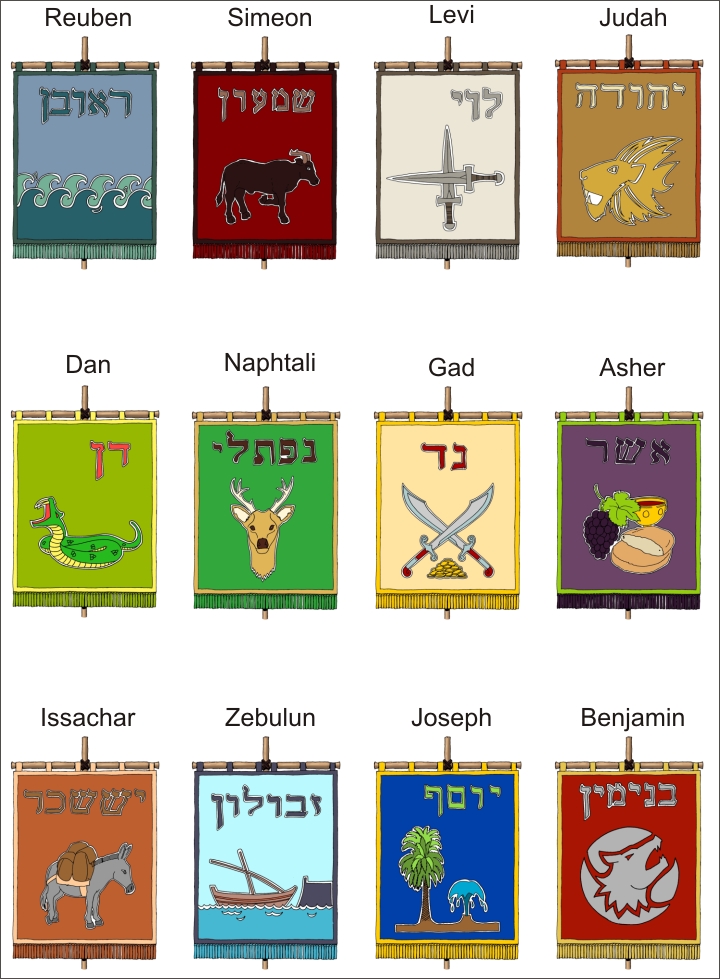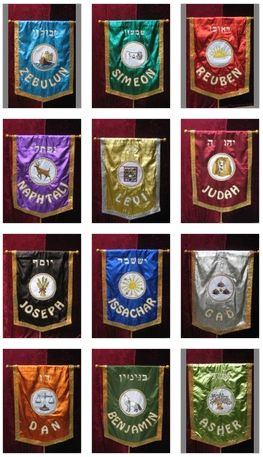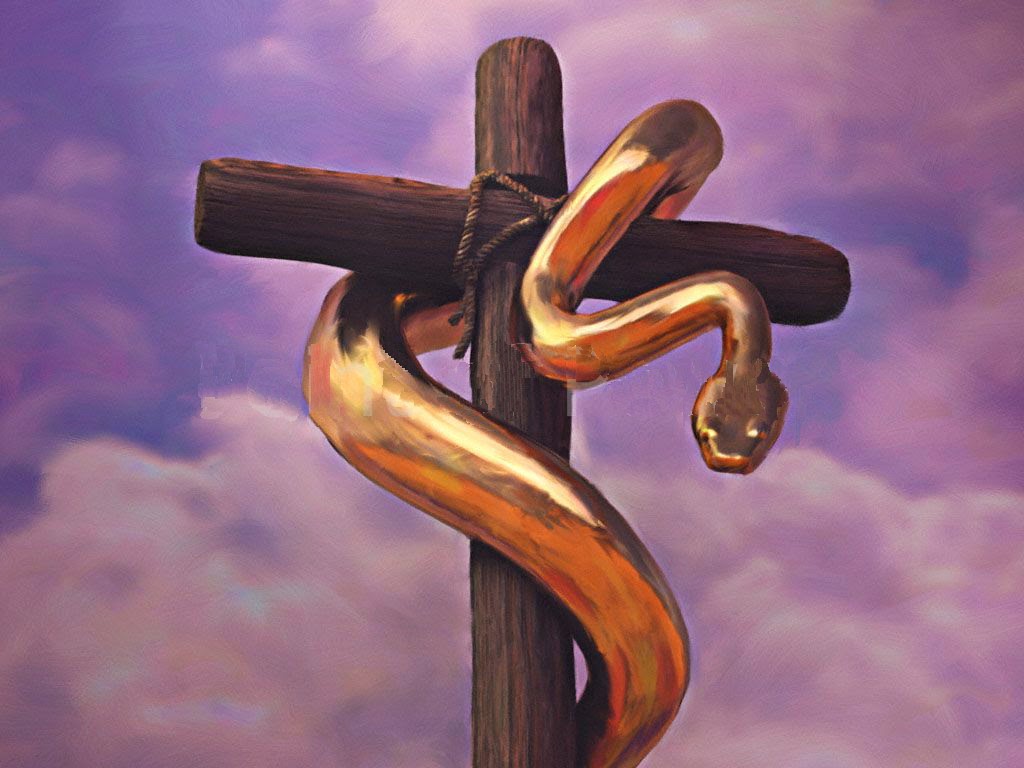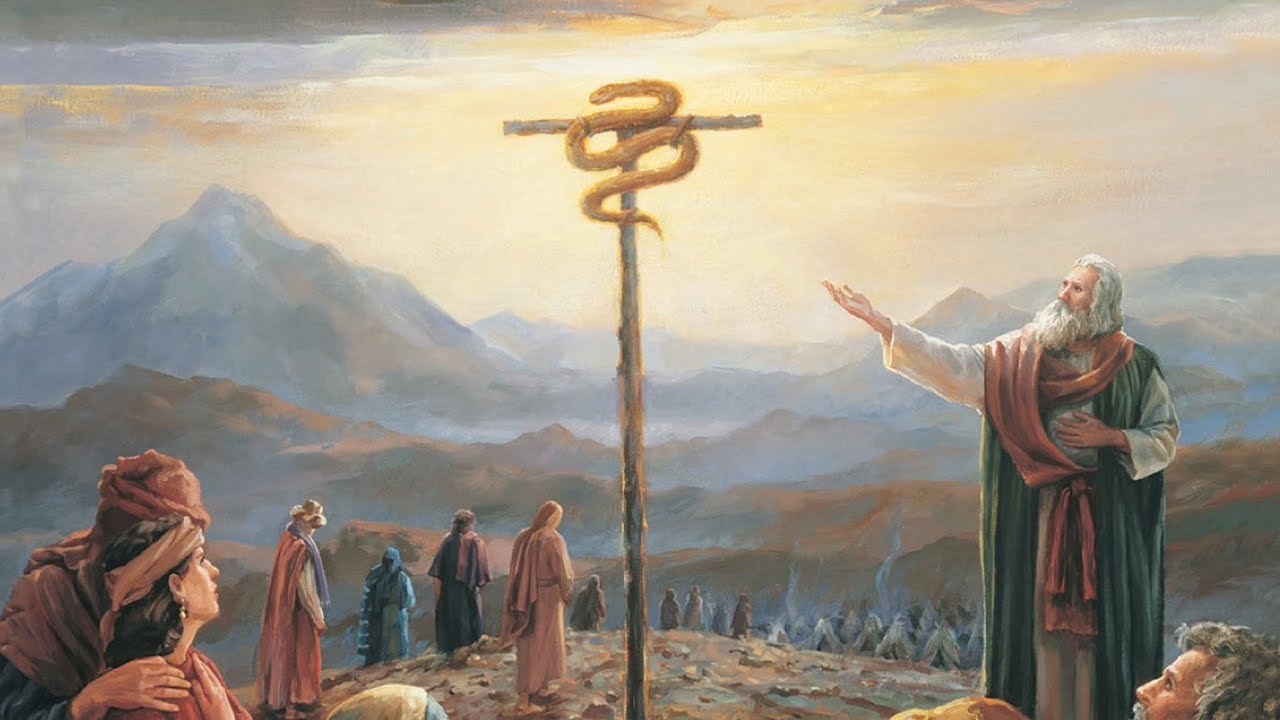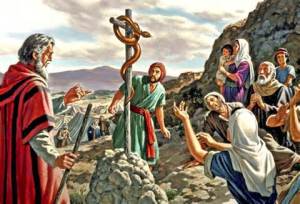No Robert, have you considered how God defined a "tree" in scripture? Trees all have "branches" that come off of the main stock Robert. Want to see?
Numbers 15:32 - And while the children of Israel were in the wilderness, they found a man that gathered sticks upon the sabbath day.
Numbers 15:33 - And they that found him gathering sticks brought him unto Moses and Aaron, and unto all the congregation.
[1] Root/s: [Deuteronomy 29:18; Judges 5:14; 1 Kings 14:15; 2 Kings 19:30; 2 Chronicles 7:20; Job 5:3, 8:17, 14:8, 18:16, 19:28, 28:9, 29:29, 30:4, 31:12; Psalms 52:5, 80:9; Proverbs 12:3,12; Isaiah 5:24, 11:1,10, 14:29,30, 27:6, 37:31, 40:24, 53:2; Jeremiah 1:10, 12:2, 17:8; Ezekiel 17:6,7,9, 31:7; Daniel 4:15,23,26, 7:6, 11:7; Hosea 9:16, 14:5; Amos 2:9; Malachi 4:1; Matthew 3:10, 13:6,21,29; Mark 4:6,17, 11:20; Luke 3:9, 8:13, 17:6; Romans 11:16,17,18, 15:12; 1 Timothy 6:10; Hebrews 12:15; Jude 1:12; Revelation 5:5, 22:16].
A “root” is that part of the “tree” which is generally “in the earth” [Daniel 4:15,23], and “beneath” [Job 18:16; Amos 2:9] or “under” [Ezekiel 17:6] the soil, or “spreadeth out … by the river” [Jeremiah 17:8], often “wrapped about the heap … the place of stones” [Job 8:17].
Any “tree” which was “cut down”, by “the axe” which is “laid unto the root of the trees” [Matthew 3:10; Luke 3:9] or “plucked up by the roots” [Psalms 52:5; Daniel 7:8; Jude 1:12], it is “twice dead” [Jude 1:12], having no hope, it is even as the “second death” [Revelation 2:10, 20:6,14, 21:8].
[2] Stock/s [Stump, Shoot, Shaft, Stalk/s, Stem]: [Genesis 41:5,22; Exodus 37:17; Leviticus 25:47; Joshua 2:6; 1 Samuel 5:4; Job 14:8; Isaiah 11:1, 40:24, 44:19; Jeremiah 2:27, 3:9, 10:8; Ezekiel 31:14; Daniel 4:15,23,26, Hosea 4:12, 8:7; Acts 13:26; Philippians 3:5].
As it is written, if a “tree” but cut down, yet not to the root, but to even to the Stump with roots left intact in the earth, it still has hope, “For there is hope of a tree, if it be cut down, that it will sprout again, and that the tender branch thereof will not cease.” [Job 14:7].
King Nebuchadnezzar [II] of [Neo] Babylon, was “purge[d]” [pruned; John 15:2] in such a way [Daniel 4:15,23,26], and was delivered from destruction, and shall be in the Kingdom of Heaven [Daniel 4:1-3,36,37].
[3] Branch/es [Bough/s, Rod/s]: [Genesis 30:37,38,39,41, 40:10,12, 49:22; Exodus 4:2,4,17,20, 7:9,10,12,15,17,29,20, 8:5,16,17, 9:23, 10:13, 14:16, 17:5,9, 21:20, 25:31,32,33,35,36, 37:17,18,19,21,22; Leviticus 23:40, 27:32; Numbers 13:23, 17:2,3,5,6,7,8,9,10, 20:8,9,11; Deuteronomy 24:20; Judges 9:48,49; 1 Samuel 14:27,43; 2 Samuel 7:14, 18:9; Nehemiah 8:15; Job 8:6, 9:34, 14:7,9, 15:30,32, 18:16, 21:9, 29:19; Psalms 2:9, 23:4, 74:2, 80:10,11,15, 89:32, 104:12, 110:2, 125:3; Proverbs 10:13, 11:28, 13:24, 14:3, 22:8,15, 23:13,14, 26:3, 29:15; Song of Songs [Solomon] 7:8; Isaiah 4:2, 9:4,14, 10:5,15,24,26,33, 11:1,4, 14:19,29, 16:8, 17:6,9, 18:5, 19:15, 25:5, 27:10,11, 28:27, 30:31, 60:21; Jeremiah 1:11, 10:16, 11:16, 23:5, 33:15, 48:17, 51:19; Lamentations 3:1; Ezekiel 7:10,11, 8:17, 15:2, 17:3,6,7,8,22,23, 19:10,11,12,14, 20:37, 21:10,13, 31:3,5,6,7,8,9,10,12,13,14, 36:8; Daniel 4:12,14,21, 11:7; Hosea 11:6, 14:6; Joel 1:7; Micah 5;1, 6:9, 7:14; Nahum 2:2; Zechariah 3:8, 4;12, 6:12; Malachi 4:1; Matthew 13:32, 21:8, 24:32; Mark 4:32, 11:8, 13:28; Luke 13:19; John 12:13, 15:2,4,5,6; Romans 11:16,17,18,19,21,24; 1 Corinthians 4:21; 2 Corinthians 11:25; Hebrews 9:4; Revelation 2:27, 11:1, 12:5, 19:15; see also
“barked” [Joel 1:7]; see also
“beam/s” [Genesis 19:8 [roof]; 1 Kings 6:6,9,36, 7:2,3,12; 2 Kings 6:2,5; 2 Chronicles 3:7; Nehemiah 2:8, 3:3,6; Psalms 104:3; Song of Songs [Solomon] 1:7]]
[4] Leaf/ves: [Genesis 3:7, 8:11; Leviticus 26:36; 1 King 6:34; Job 13:25; Psalms 1:3; Isaiah 1:30, 6:13, 34:4, 64:6; Jeremiah 8:13, 17:8, 36:23; Ezekiel 17:9, 41:24, 47:12; Daniel 4:12,14,21; Matthew 21:19, 24:32; Mark 11:13, 13:28; Revelation 22:2]
[5] Knop/s [Bud/s, ded]: [Genesis 40:10; Exodus 25:31,33,34,35,36, 37:17,19,20,21,22; Numbers 17:8; 1 Kings 6:18, 7:24; Job 14:9, 38:27; Psalms 132:17; Song of Songs [Solomon] 6:11, 7:12; Isaiah 18:5, 27:6, 55:10, 61:11; Ezekiel 7:10, 16:7, 29:21; Hosea 8:7; Hebrews 9:4; see also
“lintel” [Amos 9:1; Zephaniah 2:14]]
[6] Flower/s [Blossom]: [Exodus 25:31,33,34, 37:17,19,20; Leviticus 15:24,33; Numbers 8:4, 17:5; 1 Samuel 2:33; 1 Kings 6:18,29,32,35, 7:26,49; 2 Chronicles 4:5,21; Song of Songs [Solomon] 2:12, 5:13; Job 14:2, 15:33; Psalms 103:15; Isaiah 5:24, 18:5, 27:6, 28:1,4, 35:1,2, 40:6,7,8; Nahum 1:4; Habakkuk 3:17; 1 Corinthians 7:36; James 1:10,11; 1 Peter 1:24]
[7] Fruit/s: [Genesis 1:11,12,29, 3:2,3,6, 4:3, 30:2, 43:11; Exodus 10:15, 21:22, 22:29, 23:10; Leviticus 19:23,24,25, 23:39, 25:3,15,,16,19,21,22, 26:4,20, 27:30; Numbers 13:20,26,27; Deuteronomy 1:25, 7:13, 11:17, 22:9, 26:2, 28:4,11,18,33,40,42,51,53, 30:9, 33:14; Joshua 5:12; Judges 9:11; 2 Samuel 9:10, 16:1,2; 2 Kings 8:6, 19:19,29,30; Nehemiah 9:25,36, 10:35,37; Job 31:39; Psalms 1:3, 21:10, 72:16, 92:14, 104:13, 105:35, 107:37, 127:3, 132:11; Proverbs 1:31, 8:19, 10:16, 11:30, 12:12,14, 13:2, 18:20,21, 27:18, 31:16,31; Ecclesiastes 2:5; Song of Songs [Solomon] 2:3, 4:13,16, 6:11, 7:13, 8:11,12; Isaiah 3:10, 4:2, 10:12, 13:18, 14:29, 16:9, 27:6,9, 28:4, 33:9, 37:30,31, 40:10,12, 48:32, 57:19, 65:21; Jeremiah 2:7, 6:19, 7:20, 11:16,19, 12:2, 17:8,10, 21:14, 29:5,28, 32:19; Lamentations 2:20, 4:9; Ezekiel 17:8,9,23, 19:12,14, 25:4, 34:27, 36:8,11,30, 47:12; Daniel 4:12,14,21; Hosea 9:16, 10:1,13, 14:8; Joel 2:22; Amos 2:9, 6:12, 7:14, 8:1,2, 9:14; Micah 6:7, 7:1,13; Habakkuk 3:17; Haggai 1:10; Zechariah 8:12; Malachi 1:12, 3:11; Matthew 3:8,10, 7:16,17,18,19,20, 12:33, 13:8,23,26, 21:19,34,41,43, 26:29; Mark 4:7,8,20,28,29, 11:14, 12:2, 14:25; Luke 1:42, 3:8,9, 6:43,44, 8:8,14,15, 12:17,18, 13:6,7,9, 20:10, 22:18; John 4:36, 12:24, 15:2,4,5,8,16; Acts 2:30; Romans 1:13, 6:21,22, 7:4,5, 15:28; 1 Corinthians 9:7; 2 Corinthians 9:10; Galatians 5:22; Ephesians 5:9; Philippians 1:11,22, 4:17; Colossians 1:6; 2 Timothy 2:6; Hebrews 12:11, 13:15; James 3:17,18, 5:7,18; Jude 1:12; Revelation 18:14, 22:2; see also
“firstfruit/s” [Exodus 23:16,19, 34:22,26; Leviticus 2:12,14, 23:10,17,20; Numbers 18:12, 28:26; Deuteronomy 18:4, 26:10; 2 Kings 4:42; 2 Chronicles 31:5; Nehemiah 10:35,37, 12:44, 13:31; Proverbs 3:9; Jeremiah 2:3; Ezekiel 20:40, 44:30, 48:14; Romans 8:23, 11:16, 16:5; 1 Corinthians 15:20,23, 16:15; James 1:18; Revelation 14:4]]
[8] Seed/s: [Genesis 1:11,12,29, 3:15, 4:25, 7:3, 9:9, 12:7, 13:15,16, 15:3,5,13,18, 16:10, 17:7,8,9,10, 12,19, 19:32,34, 21:12,13, 22:17,18, 24:7,60, 26:3,4,24, 28:4,13,14, 32:12, 35:12, 38:8,9, 46:6,7, 47:19,23,24, 48:4,11,19; Exodus 16:31, 28:43, 30:21, 32:13, 33:1; Leviticus 11:37,38, 12:2, 15:16,17,18,32, 18:21, 19:19, 20:2,3,4, 21:15,17,21, 22:3,4, 26:16, 27:16,30; Numbers 5:28, 11:7, 14:24, 16:40, 18:19, 20:5, 24:7, 25:13; Deuteronomy 4:37, 10:15, 11:9,10, 14:22, 22:9, 28:38,46,59, 30:6,19, 31:21, 34:4; Joshua 24:3; Ruth 4:12; 1 Samuel 2:20, 8:15, 20:42, 24:21; 2 Samuel 4:8, 7:12, 22:51; 1 Kings 2:33, 11:14,39, 18:32; 2 Kings 5:27, 11:1, 17:20, 25:25; 1 Chronicles 16:13, 17:11; 2 Chronicles 20:7, 22:10; Ezra 2:59, 9:2; Nehemiah 7:61, 9:2,8; Esther 6:13, 9:27,28,31, 10:3; Job 5:25, 21:8, 39:12; Psalms 18:50, 21:10, 22:23,30, 25:13, 37:25,26,28, 69:36, 89:4,29,36, 102:28, 105:6, 106:27, 112:2, 126:6; Proverbs 11:21; Ecclesiastes 11:6; Isaiah 1:4, 5:10, 6:13, 14:20, 17:11, 23:3, 30:23, 41:8, 43:5, 44:3, 45:19,25, 48:19, 53:10, 54:3, 55:10, 57:3,4, 59:21, 61:9. 65:9,23, 66:22; Jeremiah 2:21, 7:15, 22:28,30, 23:8, 29:32, 30:10, 31:27,36,37, 33:22,26, 35:7,9, 36:31, 41:1, 46:27, 49:10; Ezekiel 17:5,13, 20:5, 43:19, 44:22; Daniel 1:3, 2:43, 9:1; Joel 1:17; Amos 9:13; Haggai 2:19; Zechariah 8:12; Malachi 2:3,15; Matthew 13:4,19,20,22,23,24,27,31,32,37,38, 17:20, 22:24; Mark 4:26,27,31, 12:19,20,21,22; Luke 1:55, 8:5,11, 13:19, 17:6, 20:28; John 7:42, 8:33,37; Acts 3:25, 7:5,6, 13:23; Romans 1:3, 4:13,16,18, 9:7,8,29, 11:1; 1 Corinthians 15:38; 2 Corinthians 9:10, 11:22; Galatians 3:16,19,29; 2 Timothy 2:8; Hebrews 2:16, 11:11,18; 1 Peter 1:23; 1 John 3:9; Revelation 12:17]



